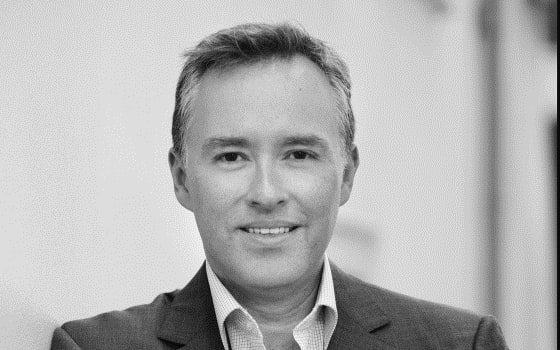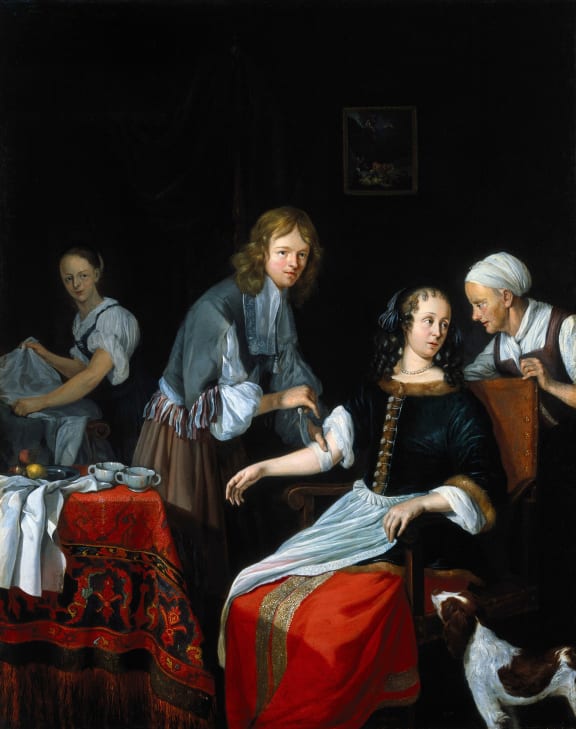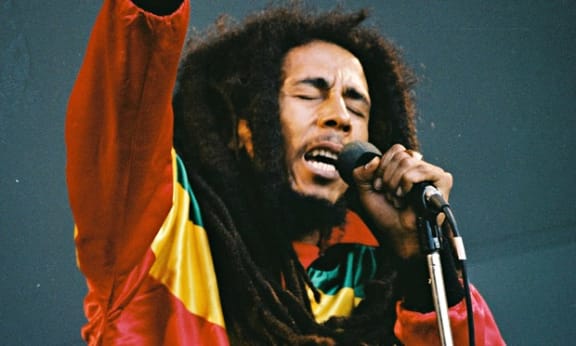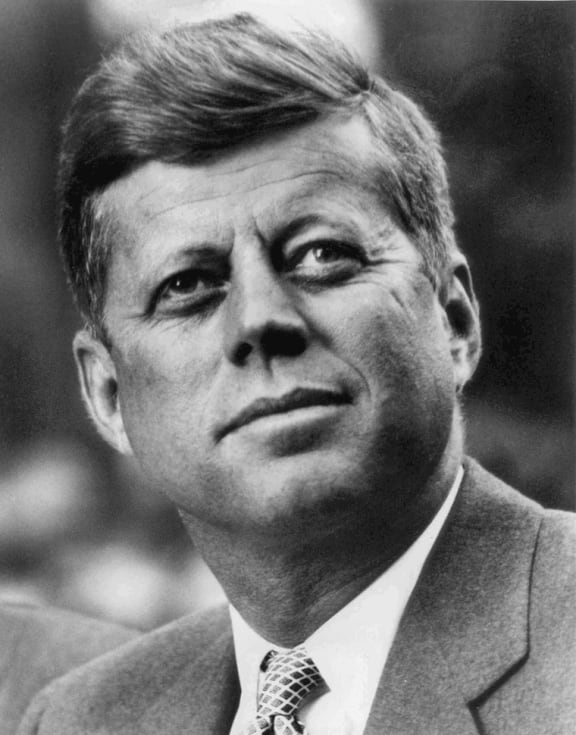Today's surgery could have taken care of the cancerous toe that killed Bob Marley and the throat wound that killed John F Kennedy, Dutch surgeon Arnold van de Laar says.

Dr Arnold van de Laar Photo: supplied
He looks at 28 remarkable operations in the book Under the Knife.
Surgeons are often portrayed as "pioneers saving people with a knife" in books about the history of surgery, but they were in fact very simple people who often did very harmful things, he says.
For hundreds of years, surgery was performed in one fast strike.
"The operations were extremely simple. Just use a saw to cut through the bone, then put a bandage on – that was the only thing they did. The only skill they needed to know was where to cut and how fast."

A surgeon binding up a woman's arm after bloodletting. Oil painting by Jacob Toorenvliet, 1666. Photo: Wellcome Collection
van de Laar says that he cannot understand why for centuries when a patient was bleeding heavily from a wound, surgeons would blood-let (withdraw a large quantity of blood).
"I have no idea why that tradition was being performed so long. Up until the 19th-century surgeons were still doing bloodletting."
The invention of general anaesthesia in 1846 made abdominal surgery possible for the first time – a dramatic development, he says.
"[Abdominal surgery] is not possible in a patient that is awake. The patient will not allow you to open his belly and the abdominal muscles will push out the intestines before you can do anything sensible."

Bob Marley Photo: B.javhlanbayr (CC BY-SA 4.0)
Bob Marley's skin cancer of the toe could have been removed surgically if he'd been willing, he says.
"It started underneath the toenail in a stage where it simply could have been cured by amputating the toe. But Bob Marley being a Rastafari believer, he didn't want to harm his body in that way, so he refused that. He thought he could cure it with smoking marijuana and other natural stuff. Unfortunately, that didn't work and he died from a tiny little skin cancer under his toenail."

John F Kennedy Photo: Public domain
John F Kennedy's chances of surviving his gunshot wounds would be a lot better now, he says.
Someone with his injuries can now be intubated on the spot, rather than driven to hospital for treatment.
"It's quite obvious that the biggest problem he had was not the bullet in his brain but the bullet that went right through his windpipe. From the second shot he was choking, he couldn't breathe … choking and not getting any air in his lungs, that caused him to die many minutes later.
"The surgeon Malcolm Perry opened the skin right over that hole from the first bullet that hit John F Kennedy, which later that day became problematic when the autopsy was performed. The man doing the autopsy couldn't find one of the exit wounds and he didn't realise that that was hidden by the incision the surgeon had made for the tracheotomy."
Once "expert opinion" held sway in matters of surgery, but now the practise is more evidence-based – a huge step in the right direction, van de Laar says.
"It takes one, maybe two, generations of surgeons to step over this system of listening to the senior surgeons as experts and just look at the evidence in literature. That's a big step to take for surgeons all over the world."
He believes that in the future medicine will take over surgery – and that's a good thing.
"Surgery is not nice for a patient. Any patient that does not need surgery should be a happy patient."

